Description
The meditation bracelets come with a lovely pouch and an affirmation card.
To use the meditation bracelets, simply hold the bead and say an affirmation to yourself. Keep saying the affirmations for all the beads.
The bead colors represent the 7 Chakras. Chakra references a spiritual energy center within the human body, of which there are seven along the spine, and through the neck and the crown of your head.
The Bracelets
gallery type=”slideshow” size=”fusion-600″ columns=”1″ ids=”23673,23664,23654,23678,23653,23661,23677,23674″
-
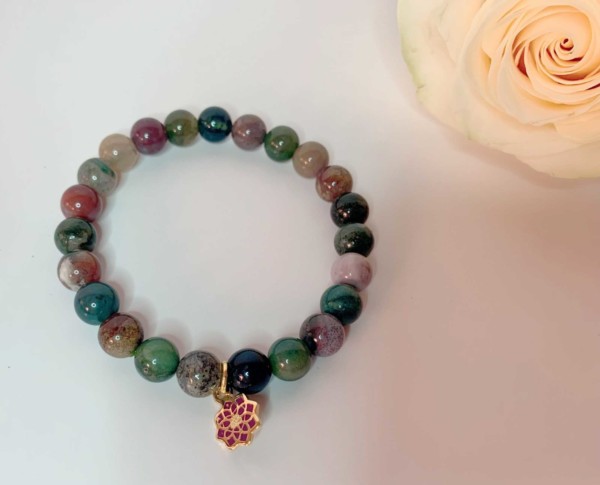
-
Multi – Sahasrara – Crown
-
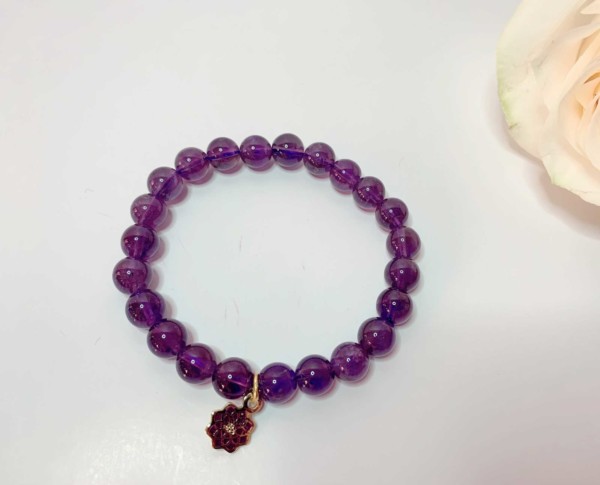
-
Indigo – Ajna – Third Eye
-
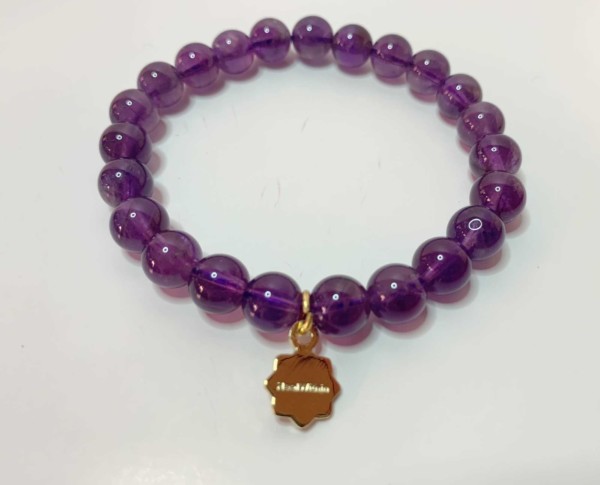
-
Back of Charm
-
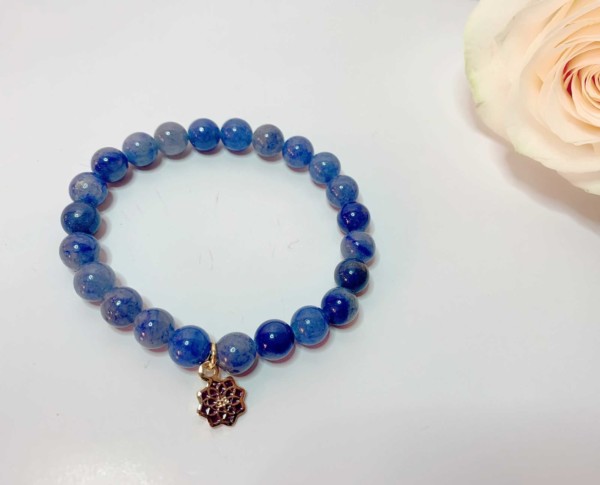
-
Blue – Vishuddha – Throat
-
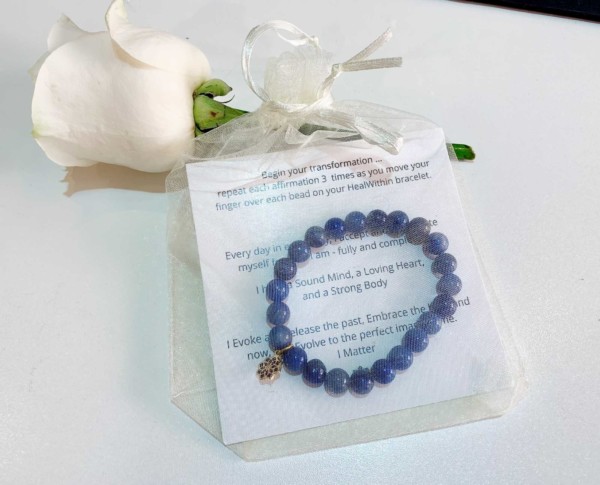
-
Package
-
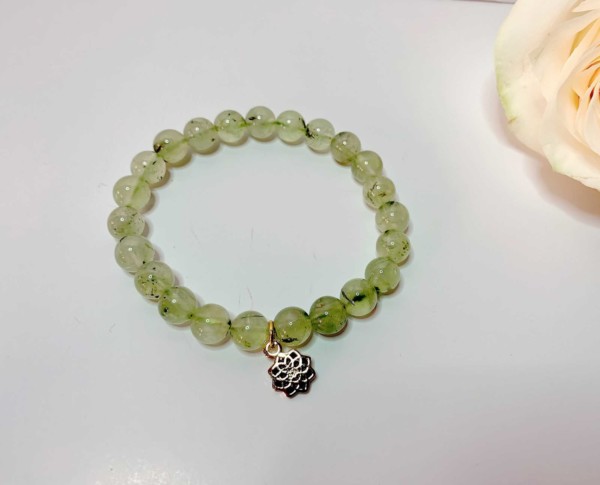
-
Green – Anahata – Heart
-
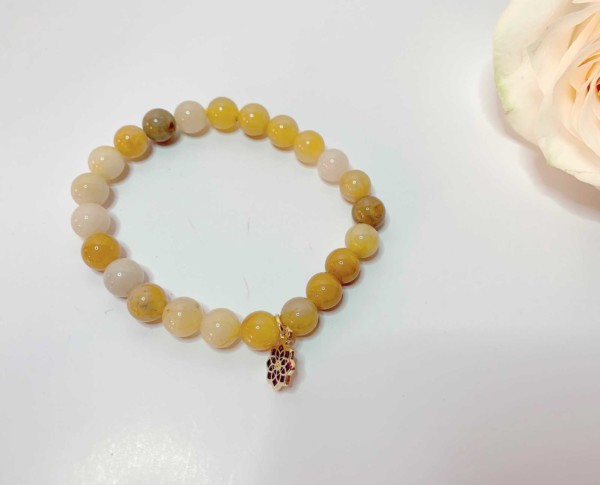
-
Yellow – Manipura – Navel
-

-
Orange – Svadhishthana – Sacral
-
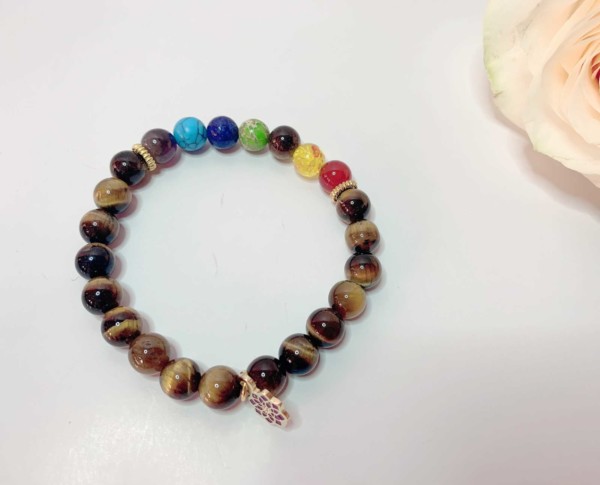
-
Multi – All Chakras
-
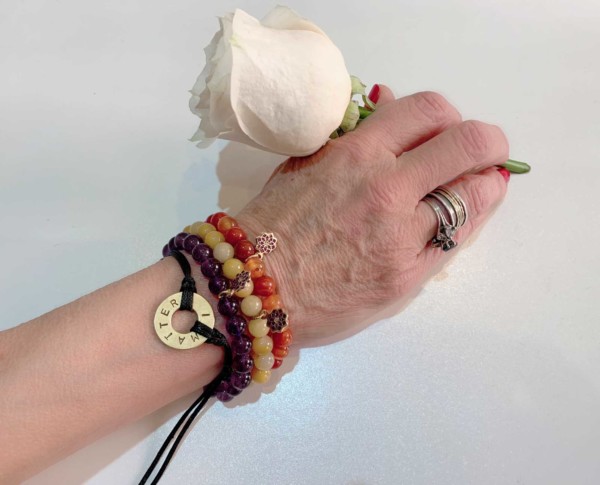
-
Demo
-
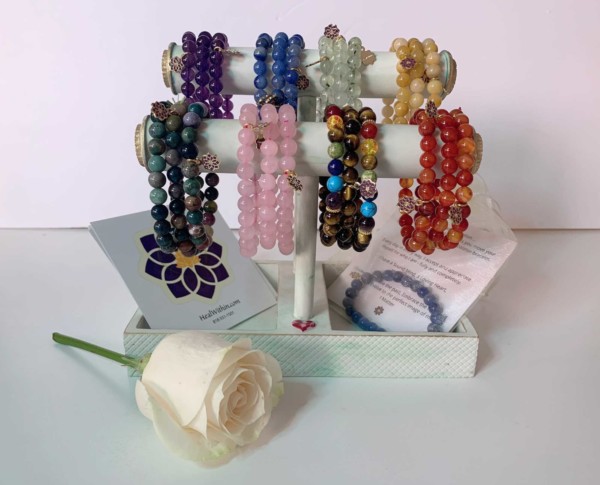
-
All
-
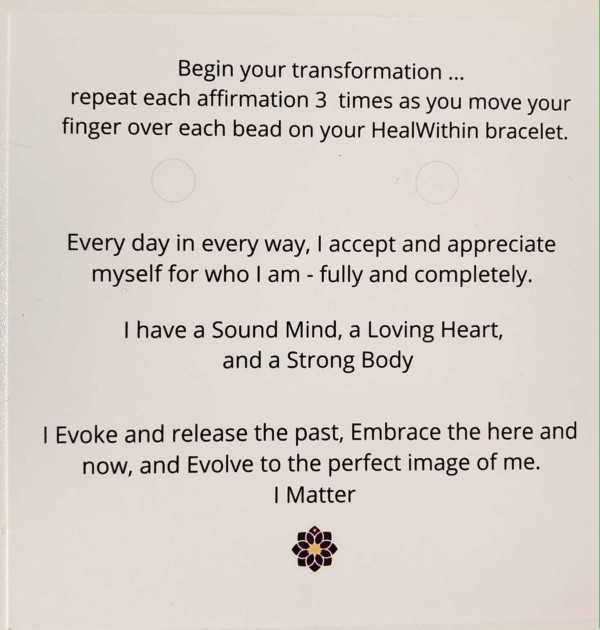
-
Affirmation Card – Front
-

-
Affirmation Card – Back
The Chakras and Their Descriptions
| Image of chakra |
Name |
Sanskrit |
Translation |
Location |
No. of lotus petals |
Modern color |
Description |
|
|
Sahasrara |
सहस्रार |
“Thousand-petaled” |
Crown |
1000 |
Multi-colored or violet |
Highest spiritual center, pure consciousness, containing neither object nor subject. When the feminine Kundalini Shakti rises to this point, it unites with the masculine Shiva, giving self-realization and samadhi. |
|
|
Ajna |
आज्ञा |
“Command” |
Between eyebrows |
2 |
Indigo |
Guru chakra or third-eye chakra, the subtle center of energy, where the tantra guru touches the seeker during the initiation ritual (saktipata). He or she commands the awakened kundalini to pass through this center. |
|
|
Vishuddha |
विशुद्ध |
“Purest” |
Throat |
16 |
Blue |
The Vishuddha is iconographically represented with 16 petals covered with the sixteen Sanskrit vowels. It is associated with the element of space (akasha) and has the seed syllable of the space element Ham at its center. The residing deity is Panchavaktra shiva, with 5 heads and 4 arms, and the Shakti is Shakini. |
|
|
Anahata |
अनाहत |
“Unstruck” |
Heart |
12 |
Green |
Within it is a yantra of two intersecting triangles, forming a hexagram, symbolizing a union of the male and female as well as being the esoteric symbol for the element of air (vayu). The seed mantra of air, Yam, is at its center. The presiding deity is Ishana Rudra Shiva, and the Shakti is Kakini. |
|
|
Manipura |
मणिपूर |
“Jewel city” |
Navel |
10 |
Yellow |
For the Nath yogi meditation system, this is described as the Madhyama-Shakti or the intermediate stage of self-discovery. This chakra is represented as an upward-pointing triangle representing fire in the middle of a lotus with ten petals. The seed syllable for fire is at its center Ram. The presiding deity is Braddha Rudra, with Lakini as the Shakti.[4] |
|
|
Svadhishthana |
स्वाधिष्ठान |
“Where the self is established” |
Root of sexual organs |
6 |
Orange |
Svadhisthana is represented with a lotus within which is a crescent moon symbolizing the water element. The seed mantra in its center is Vam representing water. The presiding deity is Brahma, with the Shakti being Rakini (or Chakini). |
|
|
Muladhara |
मूलाधार |
“Root” |
Base of spine |
4 |
Red |
Dormant Kundalini is often said to be resting here, wrapped three and a half, or seven or twelve times. Sometimes she is wrapped around the black Svayambhu linga, the lowest of three obstructions to her full rising (also known as knots or granthis). It is symbolized as a four-petaled lotus with a yellow square at its center representing the element of earth. |
~ Wikipedia
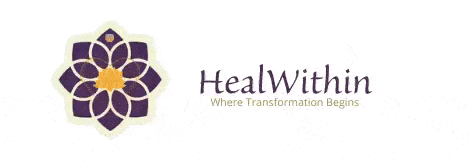
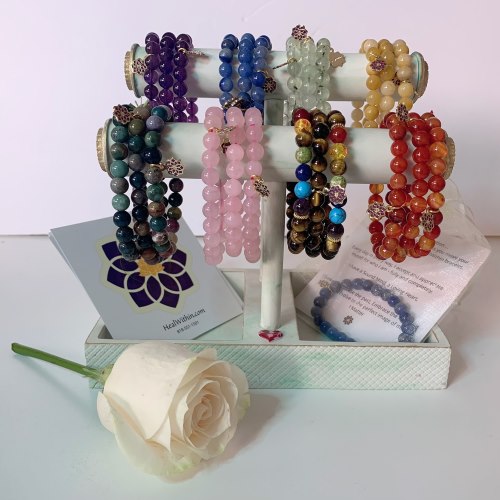
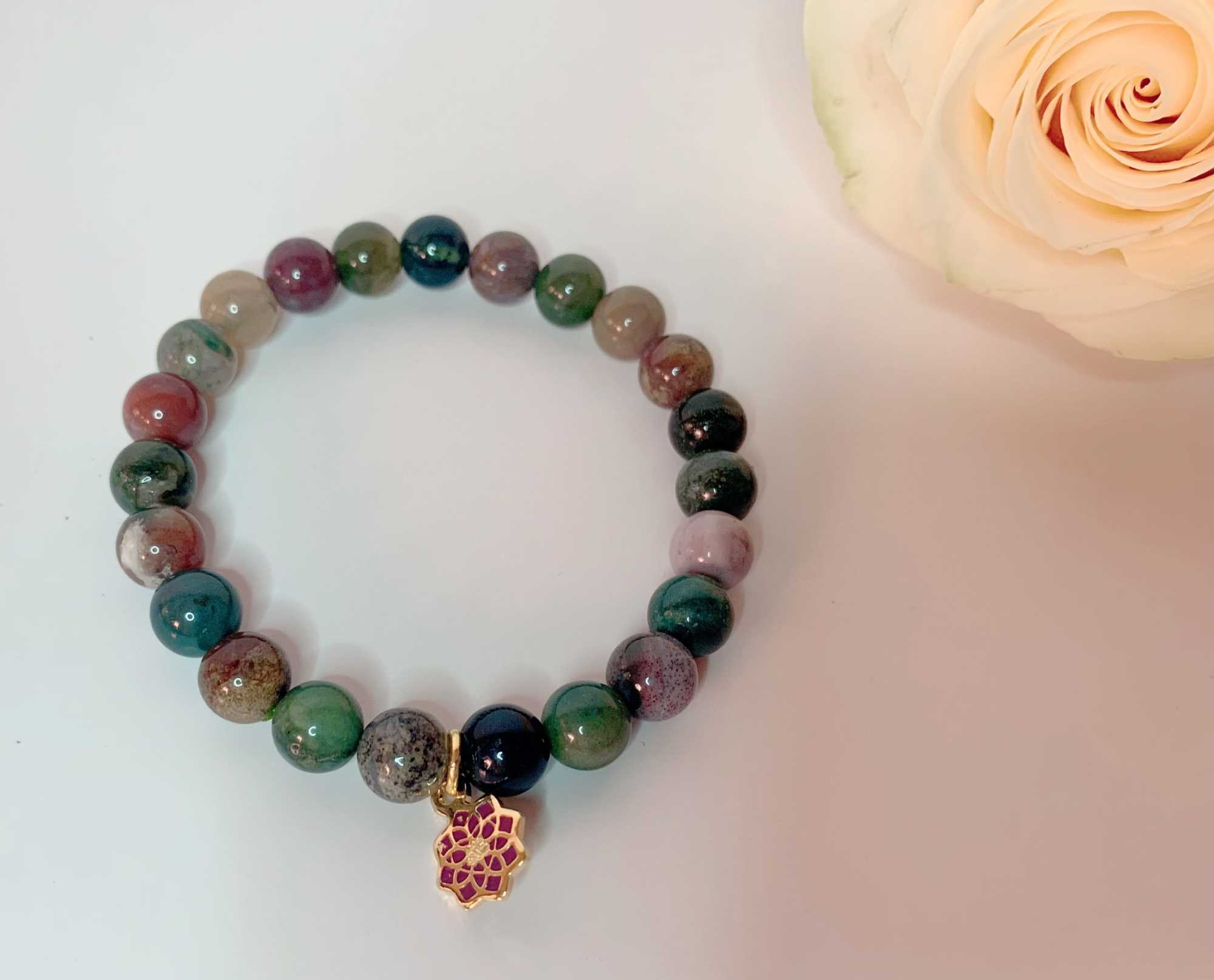
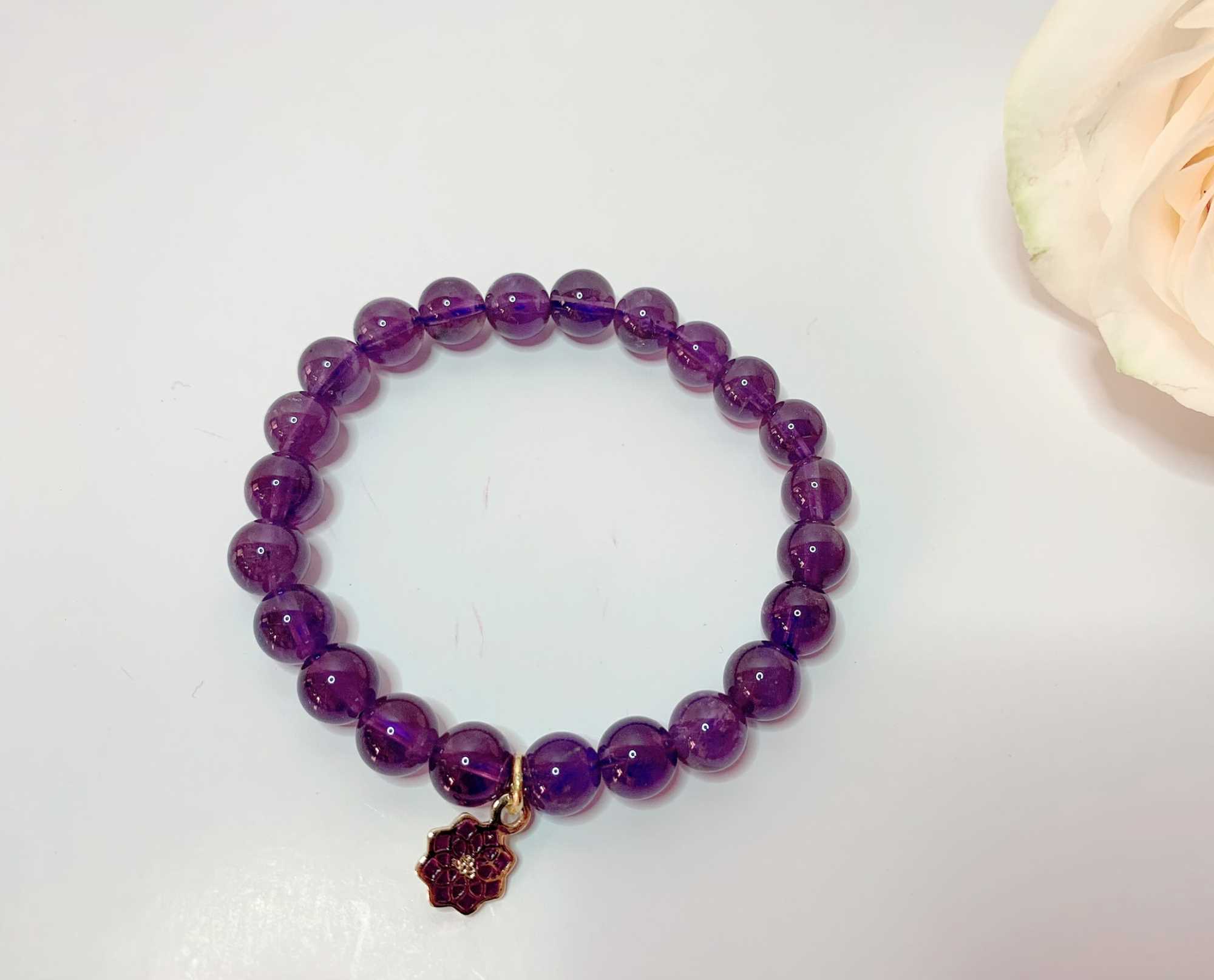
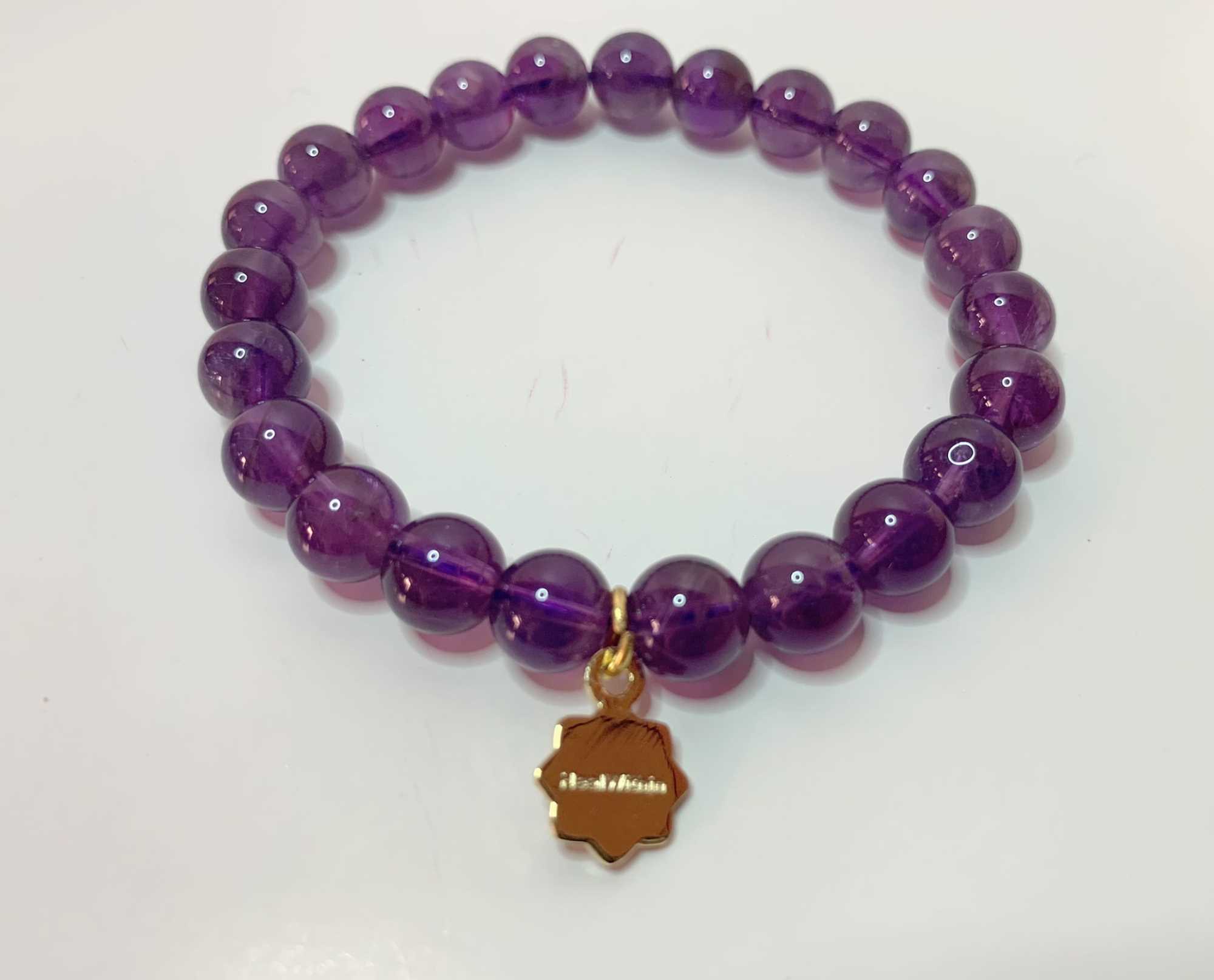
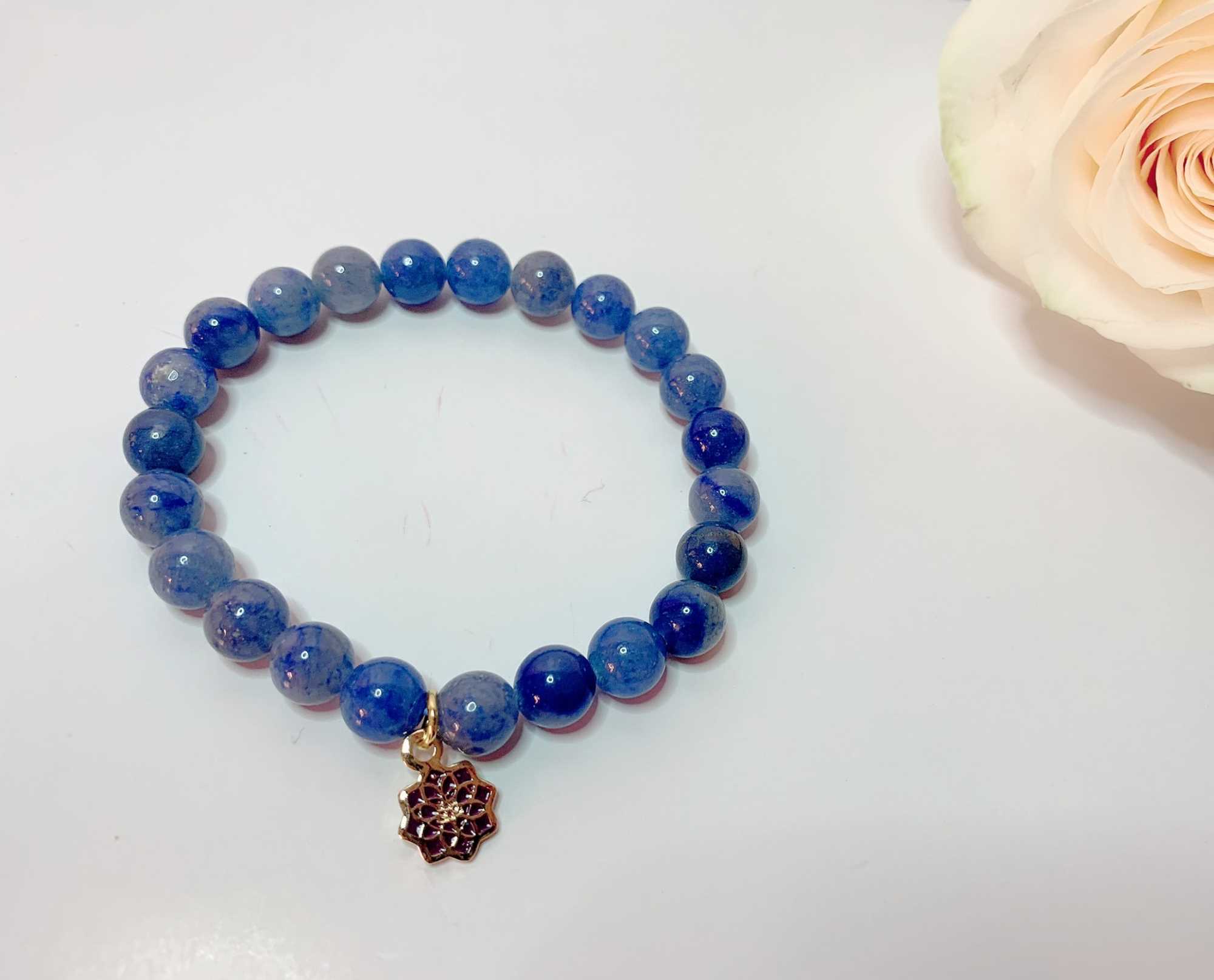
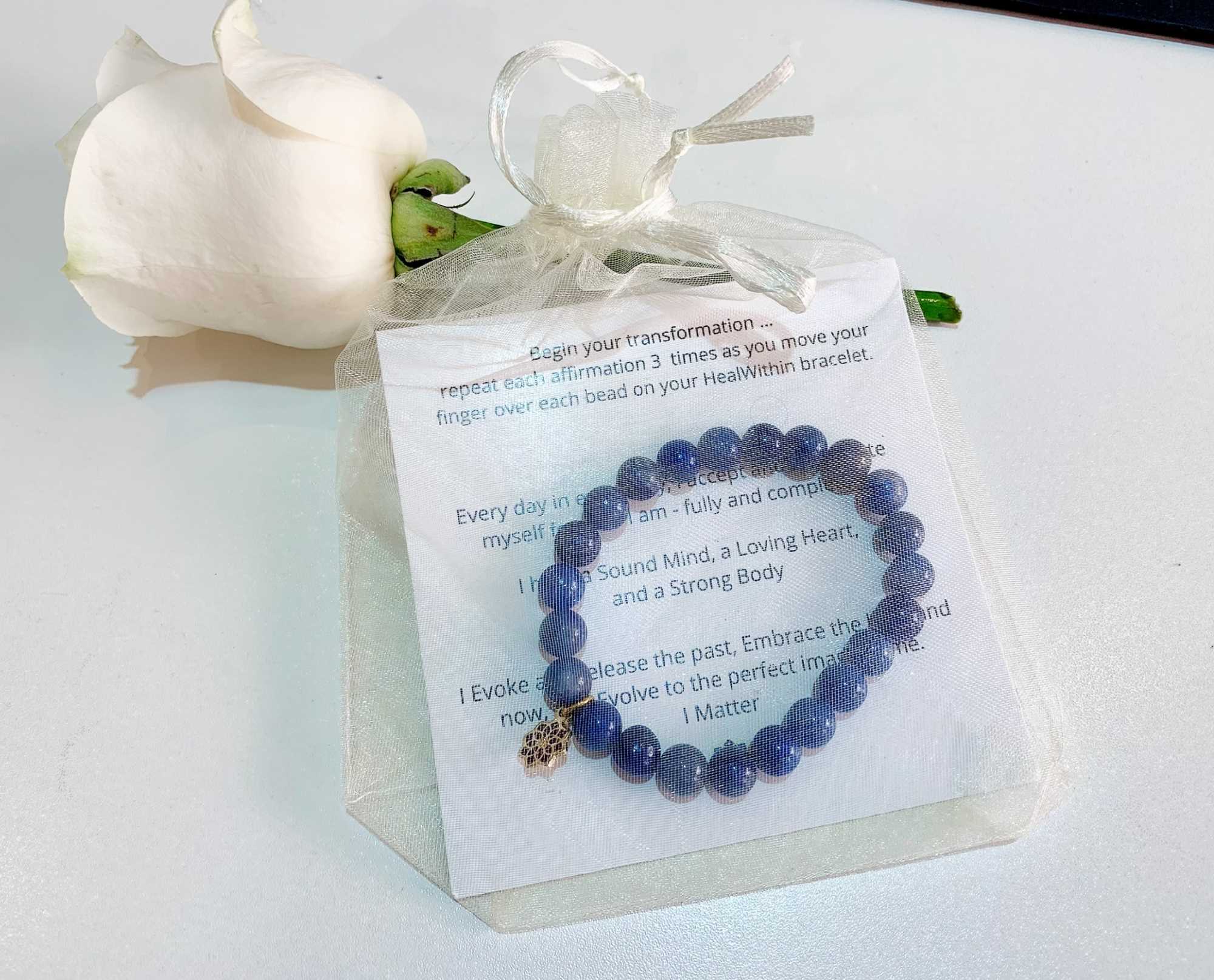
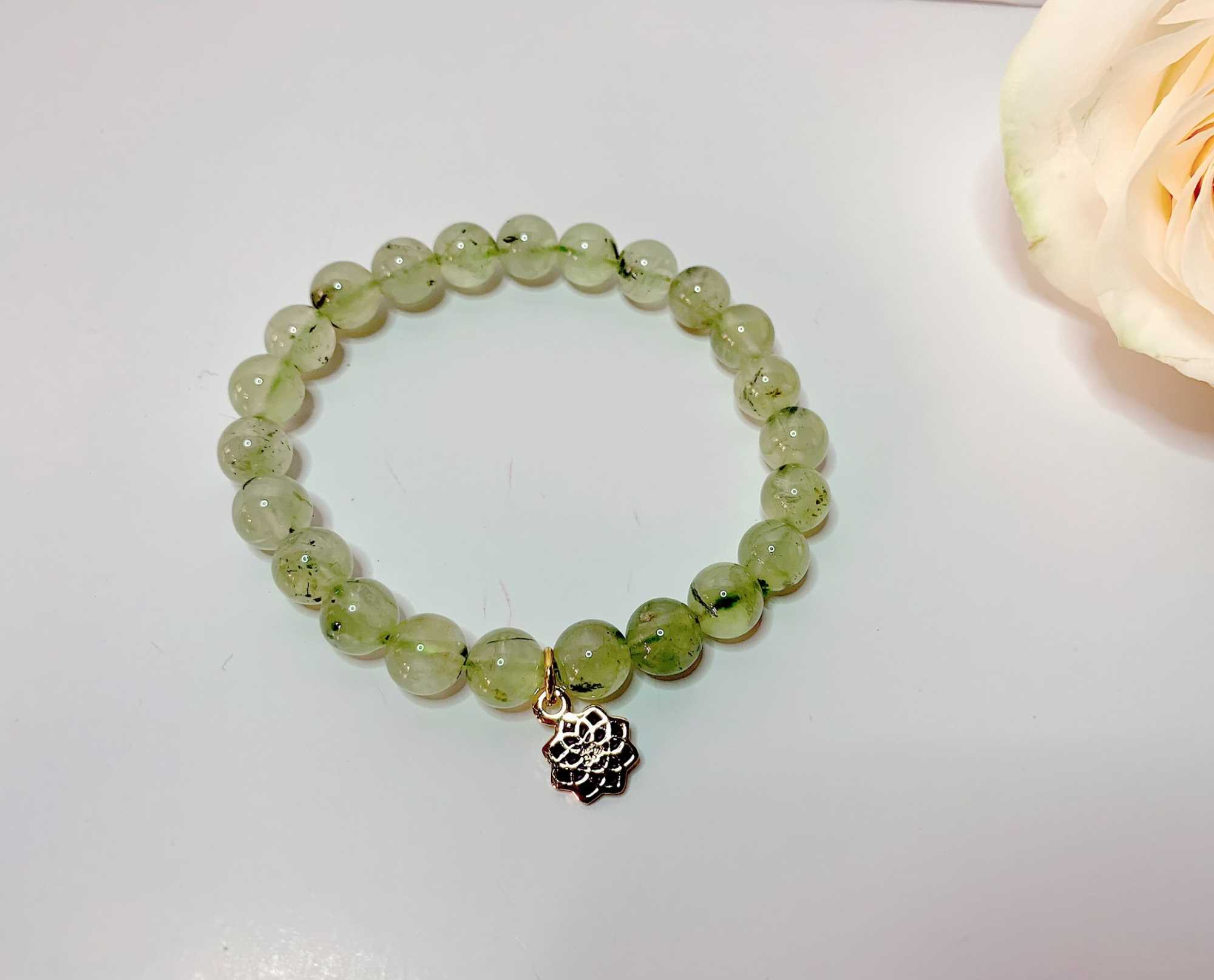
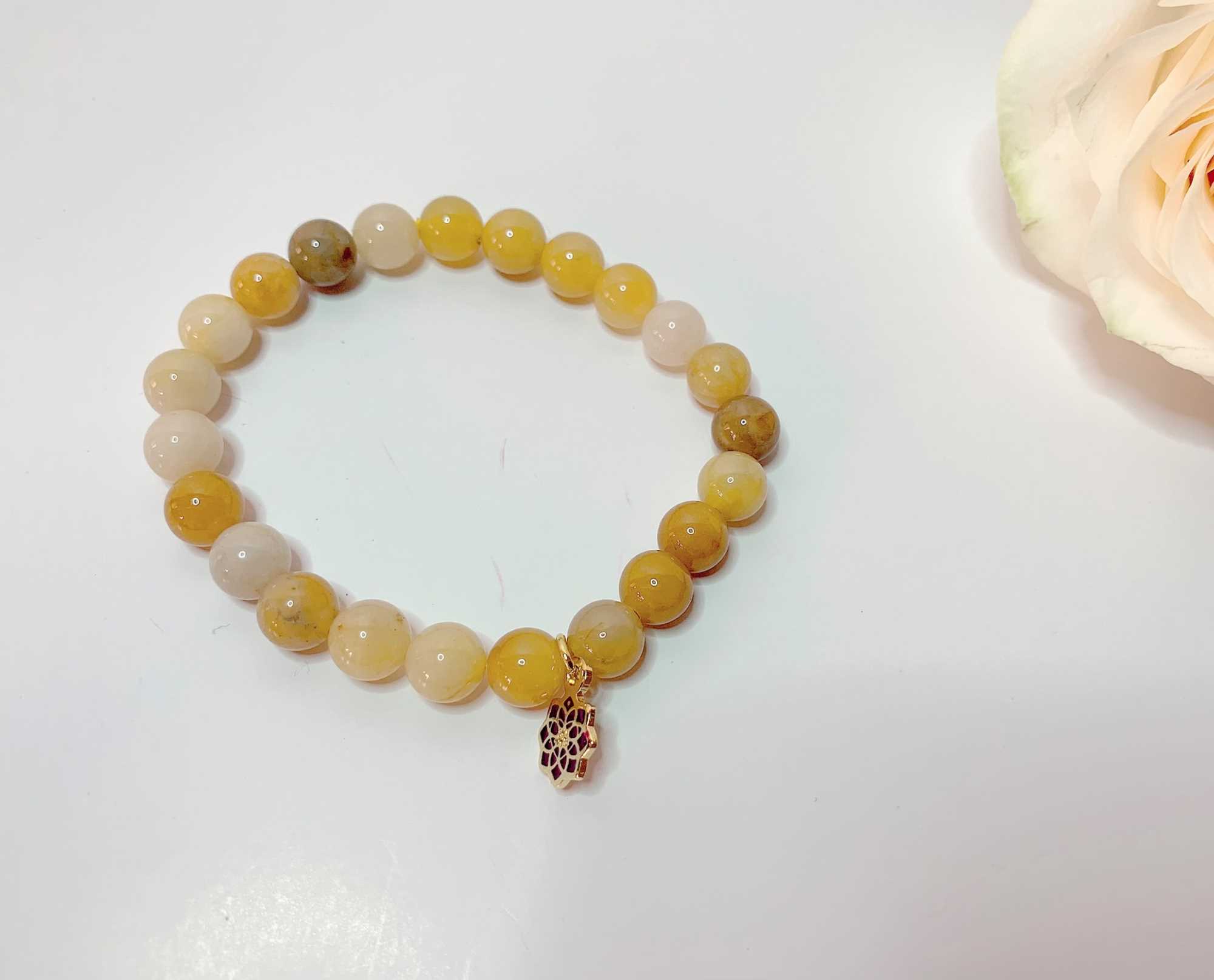
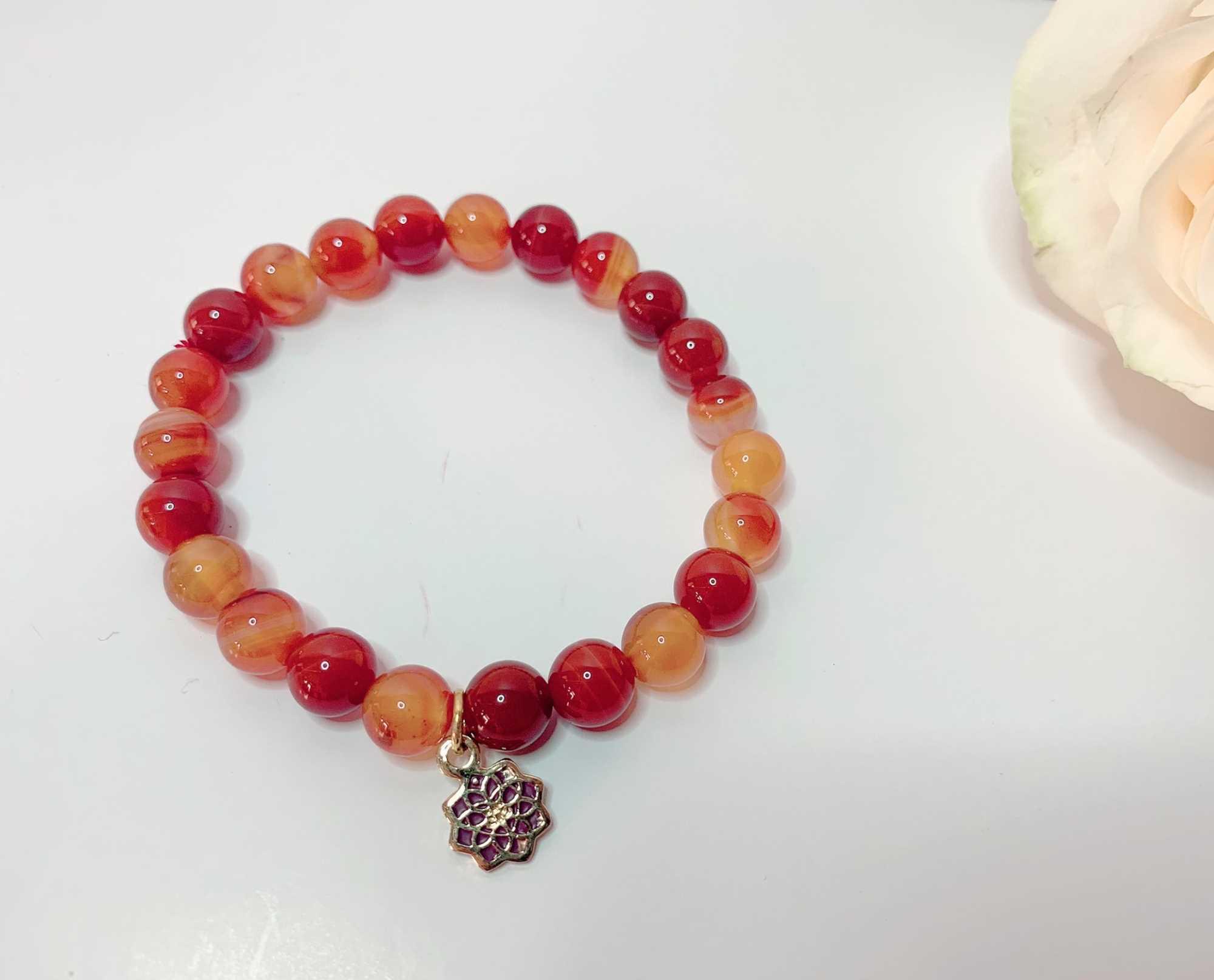
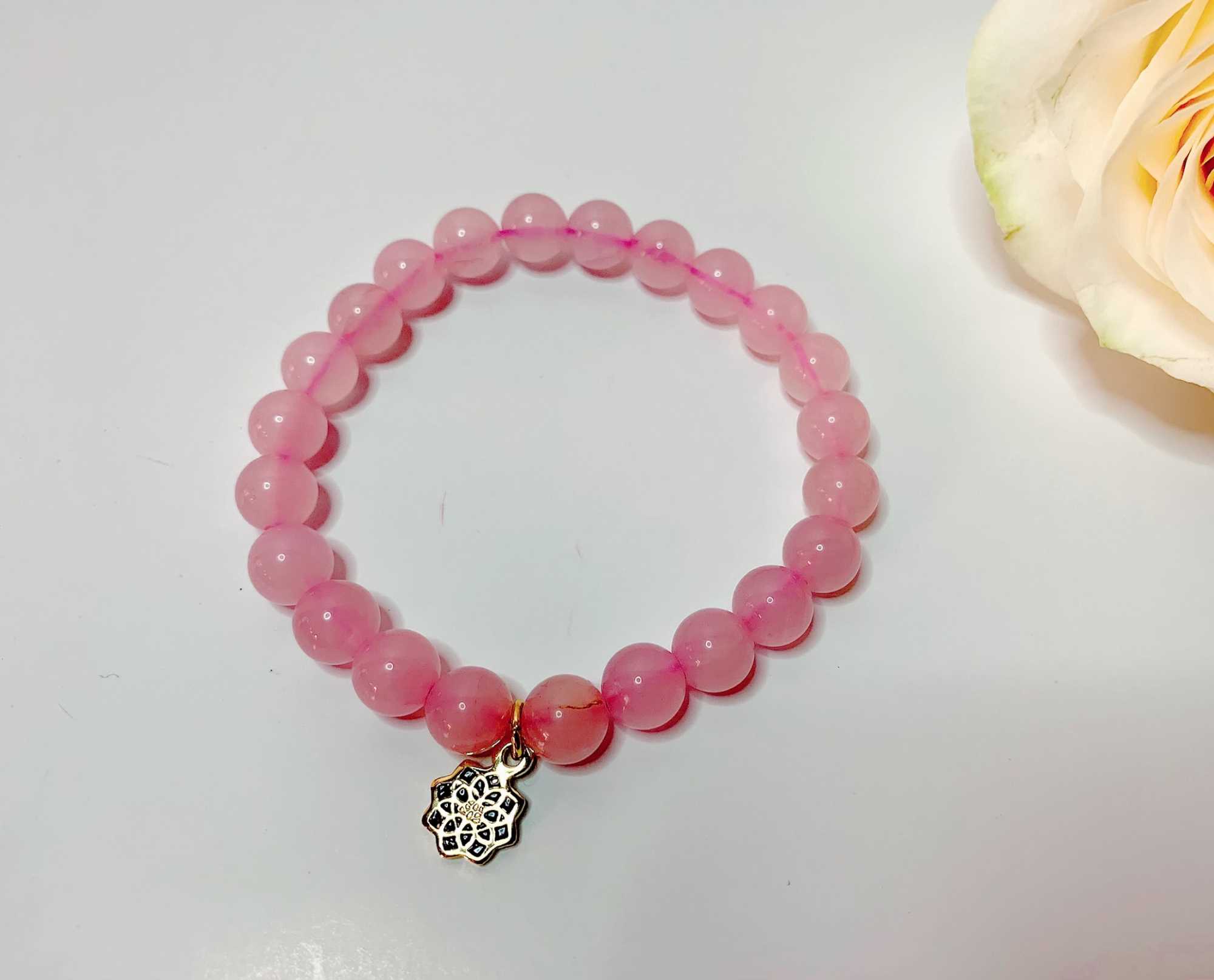
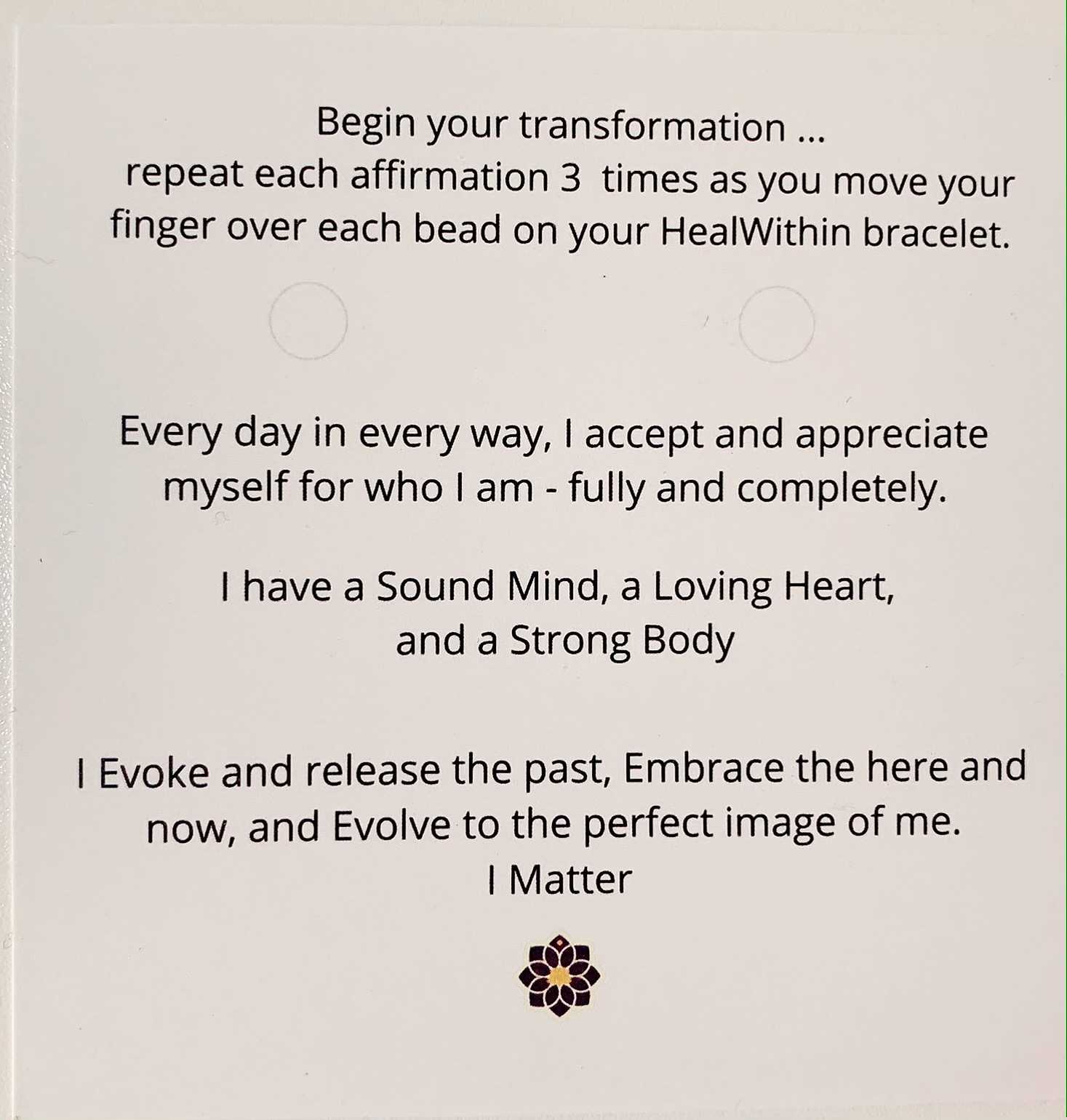


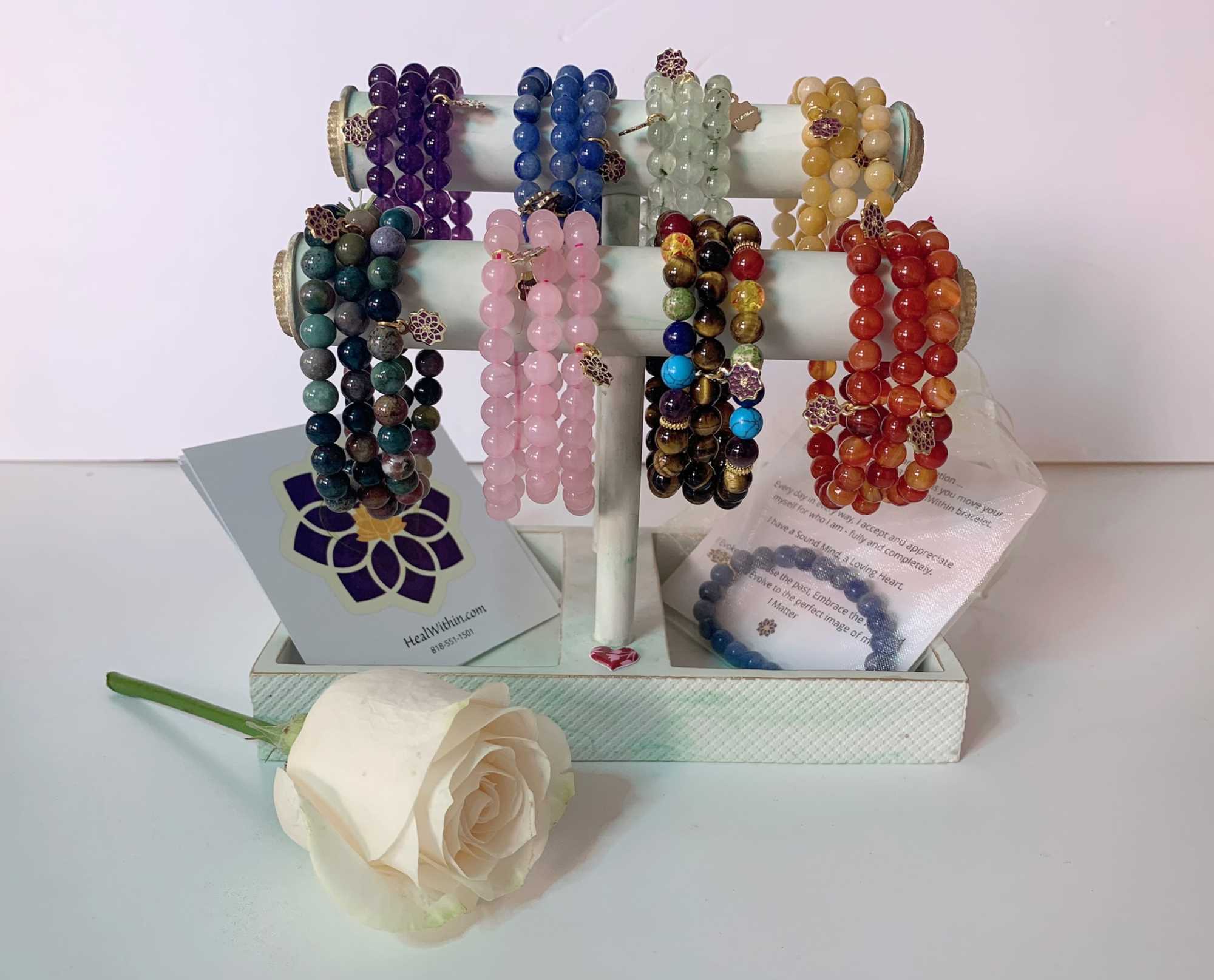




















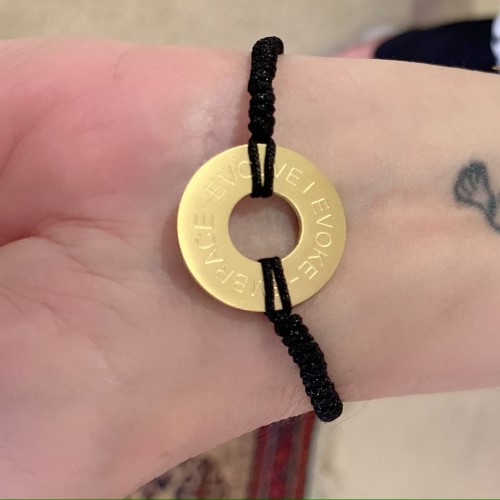
Reviews
There are no reviews yet.